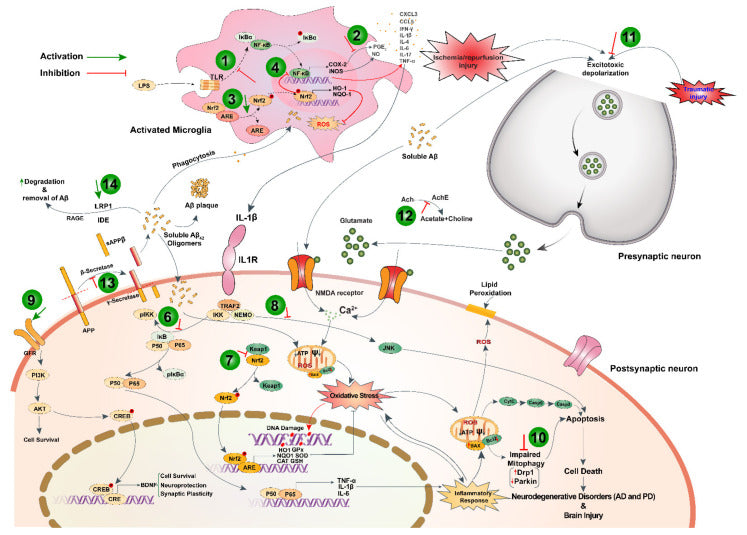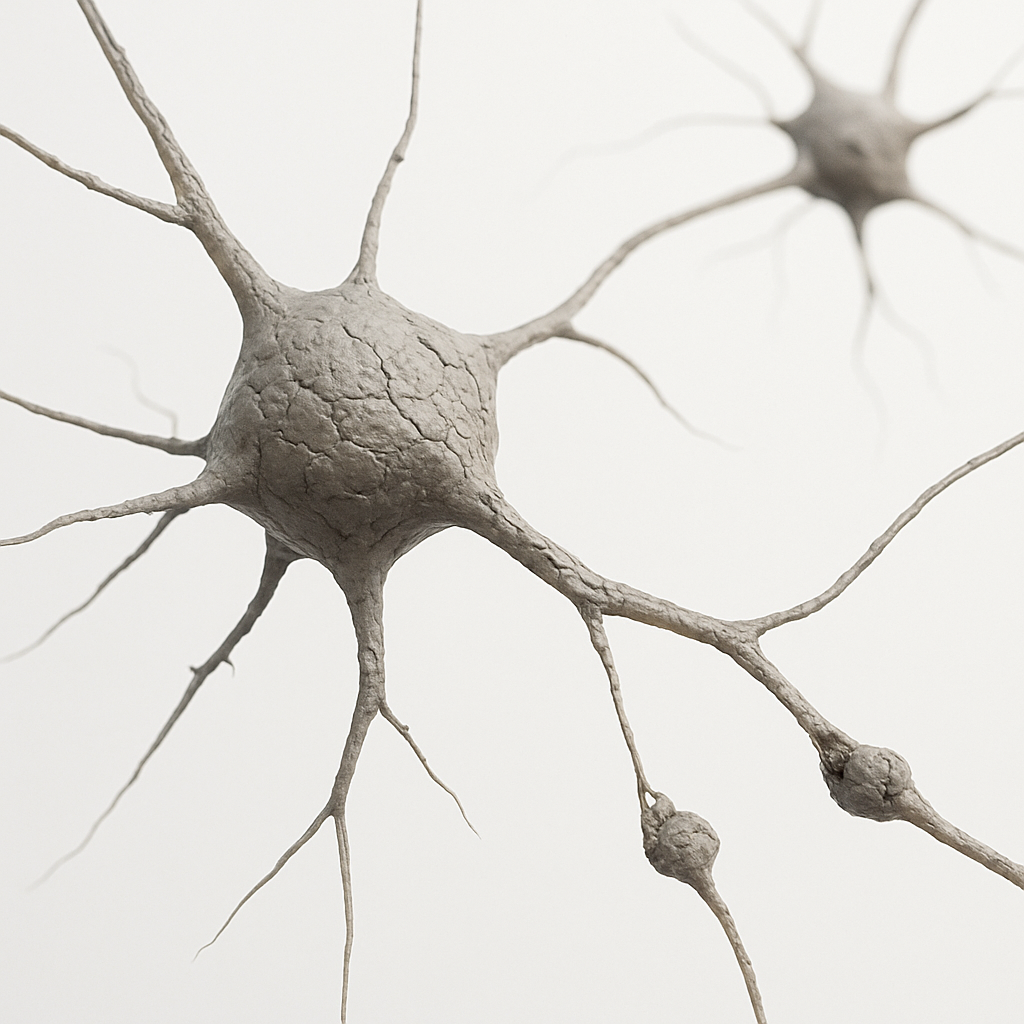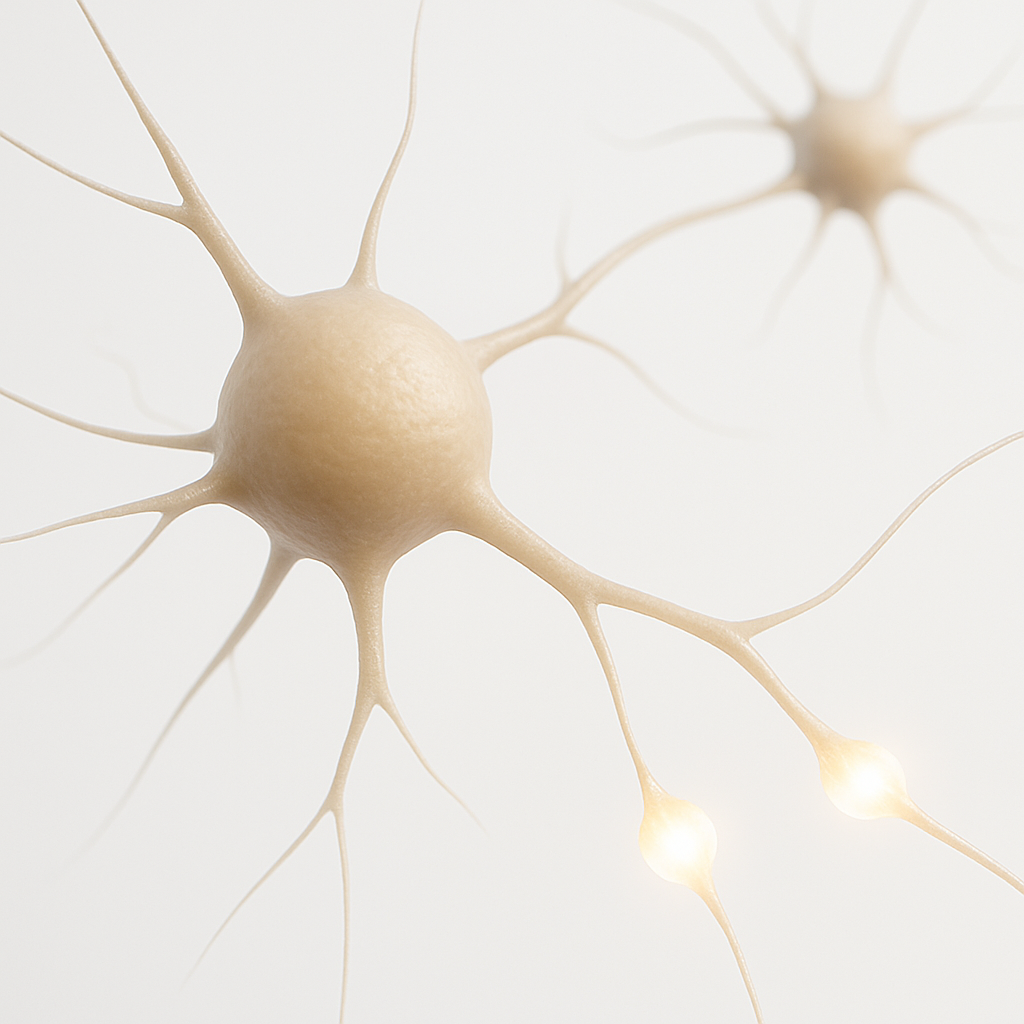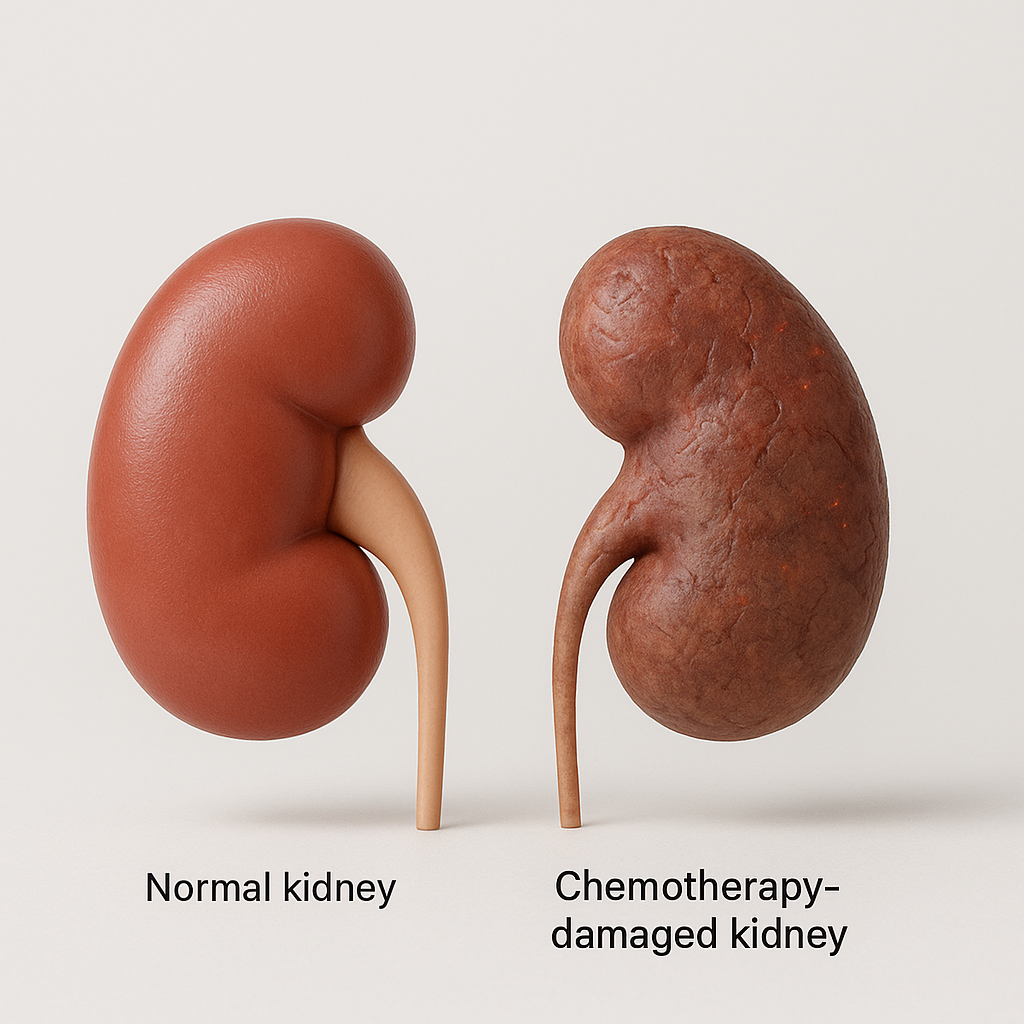Healing at the Root: Black Seed & Cellular Repair
Used for centuries for its healing power, Egyptian black seed oil is now backed by real science. Its core compound, Thymoquinone, helps protect the brain, cleanse the body, and reduce stress on your cells. We’ve simplified the science into 3 key areas, so you can understand how it works — no PhD needed.

Figure 1: This diagram shows how Black Seed Oil — and its main compound thymoquinone (TQ) — protects the brain from inflammation, stress, and damage. It blocks harmful brain signals (like NF-κB), boosts natural antioxidants (through the Nrf2 pathway), and helps clean out waste linked to Alzheimer’s. It also supports brain cell survival, memory repair, and detox by improving mitochondrial health and clearing damaged proteins. Overall, it shows that Black Seed doesn’t just reduce symptoms — it helps protect and rebuild the brain at a cellular level.
Adapted from Hannan et al. (2020). DOI: 10.3390/md18070347
Brain Inflammation Defense
In a 2021 study, Black Seed was shown to protect the brain by blocking inflammation, boosting antioxidants, and supporting cell repair (Figure 1).
Calms Brain Signals
- Black seed oil blocks the overactive immune signals in the brain (NF-κB), helping reduce swelling and protect your memory and focus (see Figure 1, #1 and #6).
Adapted from Rahman et al., 2021.
Lowers Inflammatory Enzymes
- It naturally reduces enzymes that produce heat, pain, and swelling in the brain — like prostaglandins (PGE2) and nitric oxide (NO) (see Figure 1, #2).
Adapted from Rahman et al., 2021.
Boosts Antioxidant Switch
- Instead of just fighting inflammation, black seed oil switches on your body’s own defense system (Nrf2), which boosts key antioxidants like HO-1 and NQO1 (see Figure 1, #3 and #5).
Adapted from Rahman et al., 2021.
Neuron Repair Before and After Thymoquinone Activation (Black Seed Oil)
The first image shows a damaged neuron with broken membranes, shrinking dendrites, and weakened synapses — representing oxidative stress and neurodegeneration. The second image shows the same neuron after repair: smooth structure, extended dendrites, and reactivated synapses. This transformation reflects the neuroprotective effect of thymoquinone, the active compound in Nigella sativa, which supports brain cell survival and regeneration through PI3K/Akt/CREB pathway activation.

Before

After
Brain Repair & Memory
Beyond protection, Black Seed Oil helps the brain rebuild. It supports memory, boosts natural brain-growth proteins, and helps clear waste linked to cognitive decline — all backed by cellular-level science.
Protects Brain Cells
- Thymoquinone helps protect your brain cells by lowering harmful stress signals (JNK and ERK) that lead to cell death (see Figure 1, #8).
Adapted from Rahman et al., 2021.
Boosts Brain Growth
- It boosts a natural growth factor (BDNF) that strengthens memory, mental clarity, and emotional balance — by activating the survival pathway (PI3K/Akt/CREB) (see Figure 1, #9).
Adapted from Rahman et al., 2021.
Clears Brain Waste
- Black seed oil supports your brain’s cleanup system by increasing the enzymes that break down sticky waste proteins (amyloid-beta) linked to Alzheimer’s — like IDE, RAGE, and LRP1 (see Figure 1, #14).
Adapted from Rahman et al., 2021.

The left kidney shows a smooth, healthy structure with even color and intact tissue. The right kidney shows surface cracks, dull discoloration, and stress markers — visual signs of oxidative damage and inflammation caused by chemotherapy. These changes reflect renal injury pathways triggered by drugs like cisplatin, as documented by Cascella et al. (2017), including ROS buildup, fibrosis, and loss of antioxidant defense.
The Silent Cost of Chemotherapy and Nature’s Answer
Chemotherapy can save lives but it often leaves the kidneys damaged and inflamed.
Black Seed (Nigella sativa) and its active compound Thymoquinone (TQ) are proven in animal studies to defend kidney cells from oxidative damage, inflammation, and toxicity.
Nature’s most powerful protector — backed by science.
Based on Cascella et al. (2017), Nutrients
Chemo drugs damage kidneys
- Chemo drugs like cisplatin and methotrexate generate toxic molecules that injure kidney tissue, inflame cells, and disrupt your body’s detox systems.
- Black seed reduces damage
In multiple studies, black seed lowered markers of kidney injury (like urea and creatinine), while TQ protected the cells from free radicals and inflammation.
Adapted from Cascella et al. (2017)
Antioxidant defenses break down
- Chemotherapy weakens your natural defense enzymes, making it harder for your kidneys to recover and detox.
- Black seed restores antioxidant power
Black seed boosted glutathione and SOD levels in the kidneys — two of your body’s strongest protective enzymes.
Adapted from Cascella et al. (2017)

